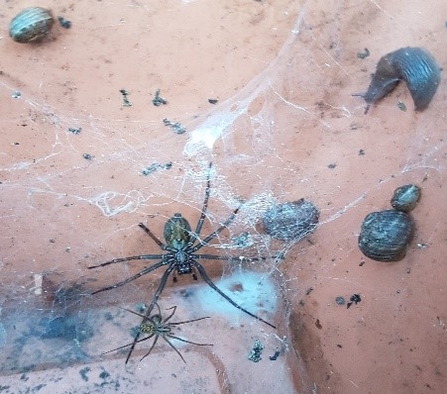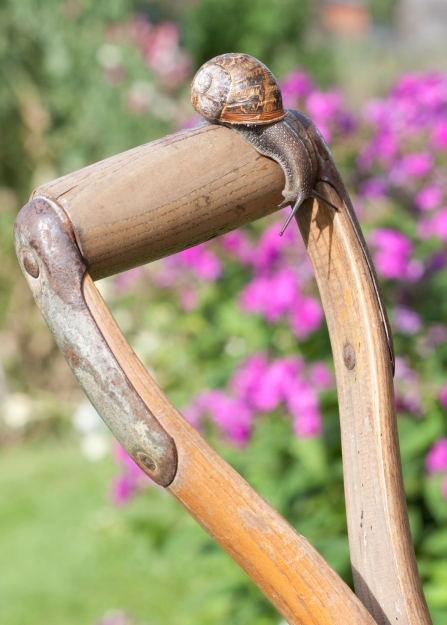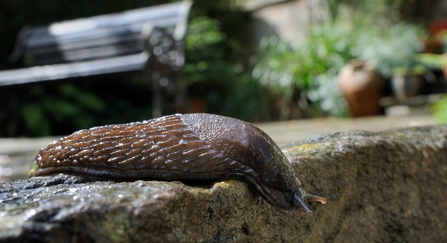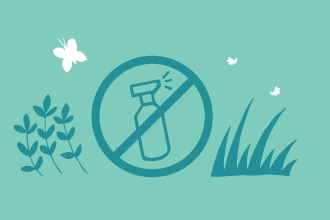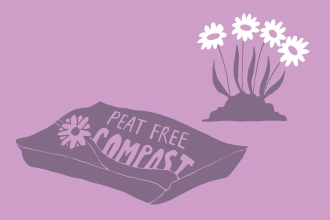It hasn’t just been the birds bringing life to a drab winter garden. Winter doesn’t seem to have arrived properly this year, with hoglets and adult hedgehogs coming into the garden right through the early winter months. And out of sight, life goes on for small creatures sluggishly waiting beneath untended corners of the compost heap, the wood pile or the place you stack your plant pots.
Tidying away my own plant pots and tubs, I came upon these guests in their winter residence. Some spiders can overwinter by weaving their webs in a sheltered place. In fact, a large spider in my outside meter box is thriving with many insects its web. I’d found a number of husks at the bottom this box, and thought at first they were dead spiders. I hadn’t realised that spiders grow a new, larger cuticle exoskeleton before shedding their old one, and these were the husks I was seeing. A spider moults throughout its life.


